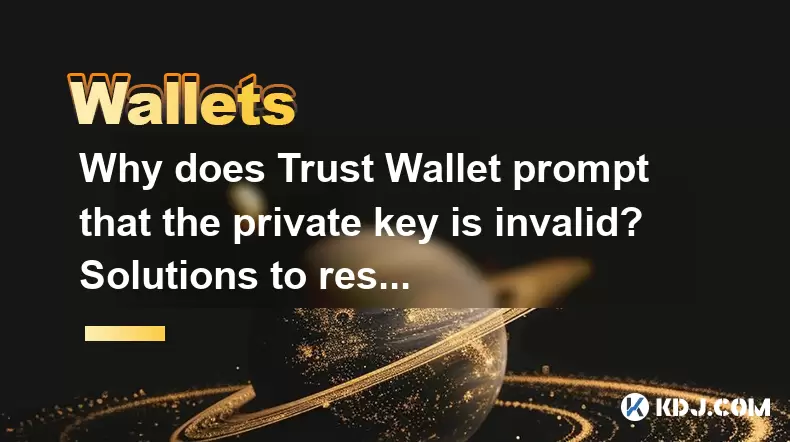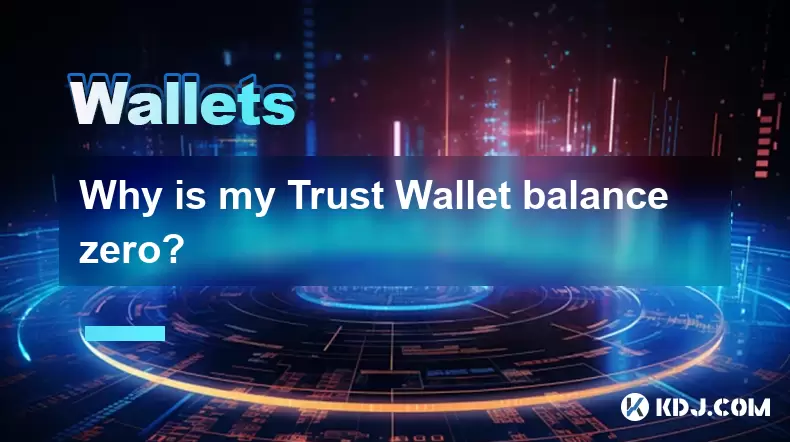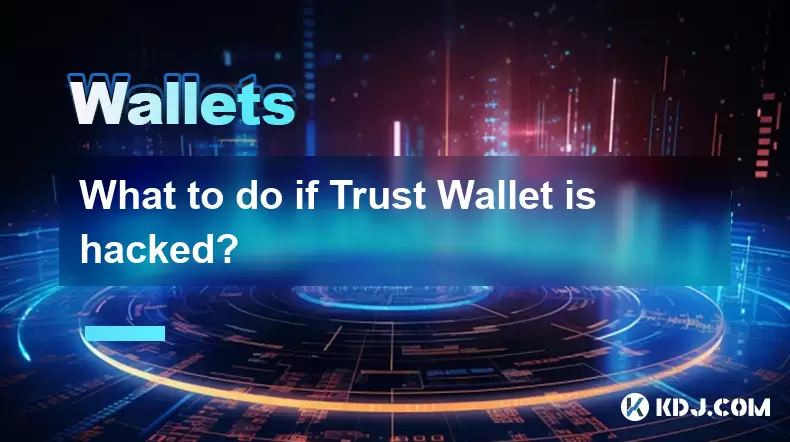-
 Bitcoin
Bitcoin $113900
-1.39% -
 Ethereum
Ethereum $3517
-4.15% -
 XRP
XRP $3.009
1.59% -
 Tether USDt
Tether USDt $0.9997
-0.04% -
 BNB
BNB $766.8
-1.41% -
 Solana
Solana $164.6
-2.38% -
 USDC
USDC $0.9998
-0.02% -
 TRON
TRON $0.3277
0.65% -
 Dogecoin
Dogecoin $0.2023
-1.67% -
 Cardano
Cardano $0.7246
0.05% -
 Hyperliquid
Hyperliquid $38.27
-4.77% -
 Sui
Sui $3.528
-0.52% -
 Stellar
Stellar $0.3890
-0.73% -
 Chainlink
Chainlink $16.16
-2.69% -
 Bitcoin Cash
Bitcoin Cash $539.9
-4.38% -
 Hedera
Hedera $0.2425
-2.00% -
 Avalanche
Avalanche $21.71
-0.97% -
 Toncoin
Toncoin $3.662
5.73% -
 Ethena USDe
Ethena USDe $1.000
-0.02% -
 UNUS SED LEO
UNUS SED LEO $8.964
0.35% -
 Litecoin
Litecoin $107.7
2.33% -
 Shiba Inu
Shiba Inu $0.00001223
-0.40% -
 Polkadot
Polkadot $3.617
-0.97% -
 Uniswap
Uniswap $9.052
-2.49% -
 Monero
Monero $295.1
-3.79% -
 Dai
Dai $0.9999
0.00% -
 Bitget Token
Bitget Token $4.315
-1.85% -
 Pepe
Pepe $0.00001060
0.11% -
 Cronos
Cronos $0.1342
-2.72% -
 Aave
Aave $256.0
-0.87%
Why does Trust Wallet prompt that the private key is invalid? Solutions to restore access
If your Trust Wallet shows an invalid private key, check for typos, ensure it's a 64-character hex string, and consider using your recovery phrase to restore access.
May 17, 2025 at 08:57 pm

When using Trust Wallet, encountering an error message stating that the private key is invalid can be frustrating and confusing. This issue can arise due to several reasons, and understanding these can help in resolving the problem efficiently. Below, we delve into the common causes and provide detailed solutions to restore access to your wallet.
Common Causes of an Invalid Private Key
Invalid private keys in Trust Wallet can occur due to a variety of issues. Some of the most common reasons include:
- Typographical Errors: Entering the private key incorrectly, whether due to manual input or copying from an incorrect source, can lead to this error.
- Incorrect Format: Private keys must be in a specific format, typically a 64-character hexadecimal string. Any deviation from this format will result in an invalid key.
- Corrupted Data: If the private key data has been corrupted during storage or transfer, it can become invalid.
- Using the Wrong Key: Sometimes, users might mistakenly use a public key or another type of key instead of the private key.
How to Check and Verify Your Private Key
Before attempting to restore access, it's crucial to verify that the private key you are using is correct. Here’s how you can do that:
- Check the Length: Ensure that the private key is a 64-character hexadecimal string. You can count the characters manually or use a text editor with a character count feature.
- Validate the Format: Use an online tool or a hex validator to confirm that the string is a valid hexadecimal number.
- Compare with Source: If you have the original source from which you obtained the private key, compare it to ensure there are no discrepancies.
Solutions to Restore Access Using a Valid Private Key
If you have confirmed that your private key is valid but still encounter issues, here are detailed steps to restore access to your Trust Wallet:
Re-enter the Private Key: Sometimes, a simple re-entry can resolve the issue. Make sure to double-check each character as you type or paste the key.
Use the Recovery Phrase Instead: If you have the recovery phrase (also known as the mnemonic seed), you can use it to restore your wallet. Here’s how to do it:
- Open Trust Wallet and go to the "Settings" menu.
- Select "Wallets" and then "Add Wallet".
- Choose "Import Wallet" and select "Recovery Phrase".
- Enter your recovery phrase and follow the on-screen instructions to complete the process.
Import via Keystore File: If you have a keystore file, you can import it into Trust Wallet. Follow these steps:
- Navigate to the "Settings" menu in Trust Wallet.
- Go to "Wallets" and select "Add Wallet".
- Choose "Import Wallet" and then "Keystore File".
- Select the keystore file from your device and enter the password associated with it.
- Follow the prompts to complete the import process.
Contact Support: If none of the above solutions work, reach out to Trust Wallet's support team. Provide them with detailed information about your issue, including the steps you have already taken to resolve it.
Preventing Future Issues with Private Keys
To avoid encountering invalid private key errors in the future, consider the following best practices:
- Secure Storage: Always store your private key and recovery phrase in a secure location, such as a hardware wallet or a secure offline storage device.
- Double-Check Entries: When entering your private key manually, take your time and double-check each character to ensure accuracy.
- Backup Regularly: Regularly back up your wallet data and ensure that your backups are secure and accessible in case of emergencies.
- Use Verified Sources: Only obtain private keys from trusted and verified sources to prevent corruption or incorrect data.
Troubleshooting Specific Scenarios
Sometimes, specific scenarios can lead to an invalid private key error. Here are some common scenarios and how to troubleshoot them:
- Key Copied from a Website: If you copied the private key from a website, ensure that the website is trustworthy. Malicious sites can provide incorrect or corrupted keys. Re-obtain the key from a verified source.
- Key Stored in a Text File: If you stored your private key in a text file, check if the file has been altered or corrupted. Open the file in a plain text editor and verify the key manually.
- Key Entered on Mobile Device: Entering a private key on a mobile device can be prone to errors due to the smaller screen size. Use a desktop computer for more accurate input if possible.
FAQs
Q: Can I recover my funds if I lose my private key and recovery phrase?
A: Unfortunately, if you lose both your private key and recovery phrase, there is no way to recover your funds. This is why it's crucial to store these securely and make regular backups.
Q: Is it safe to share my private key with anyone?
A: No, it is never safe to share your private key with anyone. Doing so can lead to unauthorized access to your funds and potential theft.
Q: How can I ensure my private key remains valid over time?
A: To ensure your private key remains valid, store it securely and avoid any modifications or alterations. Regularly verify its integrity by importing it into a test wallet environment.
Q: Can I use the same private key on multiple devices?
A: Yes, you can use the same private key on multiple devices, but ensure that you enter it correctly each time to avoid the invalid key error. Always secure your devices to prevent unauthorized access.
Disclaimer:info@kdj.com
The information provided is not trading advice. kdj.com does not assume any responsibility for any investments made based on the information provided in this article. Cryptocurrencies are highly volatile and it is highly recommended that you invest with caution after thorough research!
If you believe that the content used on this website infringes your copyright, please contact us immediately (info@kdj.com) and we will delete it promptly.
- Phishing, Wallets, and Stolen Funds: Staying Safe in the Wild West of Crypto
- 2025-08-02 16:30:12
- Rare Coin Alert: Is That 50p in Your Pocket Worth £10,000?
- 2025-08-02 16:30:12
- Arbitrum (ARB) Price Prediction: Oversold Signal or Breakout Imminent?
- 2025-08-02 16:55:36
- Arbitrum (ARB): Navigating Price Dips, PayPal Perks, and the Road Ahead
- 2025-08-02 17:00:12
- CoinDCX, Coinbase, and Cyber Heists: A Crypto Rollercoaster
- 2025-08-02 14:30:12
- Solana, Axiom Exchange, and Revenue: Navigating the Future of DeFi
- 2025-08-02 12:50:12
Related knowledge

What is a watch-only wallet in Trust Wallet?
Aug 02,2025 at 03:36am
Understanding the Concept of a Watch-Only WalletA watch-only wallet in Trust Wallet allows users to monitor a cryptocurrency address without having ac...

How to switch between networks in Trust Wallet?
Aug 02,2025 at 12:36pm
Understanding Network Switching in Trust WalletSwitching between networks in Trust Wallet allows users to manage assets across different blockchains s...

How to check my full transaction history on Trust Wallet?
Aug 02,2025 at 09:24am
Understanding Transaction History in Trust WalletTrust Wallet is a widely used non-custodial cryptocurrency wallet that supports a broad range of bloc...

Why is my Trust Wallet balance zero?
Aug 02,2025 at 03:49am
Understanding Trust Wallet Balance Display IssuesIf you're seeing a zero balance in your Trust Wallet despite knowing you've previously received or se...

What is the difference between secret phrase and private key in Trust Wallet?
Aug 02,2025 at 09:49am
Understanding the Role of a Secret Phrase in Trust WalletThe secret phrase, also known as a recovery phrase or seed phrase, is a sequence of 12 or 24 ...

What to do if Trust Wallet is hacked?
Aug 02,2025 at 03:56pm
Immediate Actions to Take If Your Trust Wallet Is CompromisedIf you suspect that your Trust Wallet has been hacked, the first priority is to act swift...

What is a watch-only wallet in Trust Wallet?
Aug 02,2025 at 03:36am
Understanding the Concept of a Watch-Only WalletA watch-only wallet in Trust Wallet allows users to monitor a cryptocurrency address without having ac...

How to switch between networks in Trust Wallet?
Aug 02,2025 at 12:36pm
Understanding Network Switching in Trust WalletSwitching between networks in Trust Wallet allows users to manage assets across different blockchains s...

How to check my full transaction history on Trust Wallet?
Aug 02,2025 at 09:24am
Understanding Transaction History in Trust WalletTrust Wallet is a widely used non-custodial cryptocurrency wallet that supports a broad range of bloc...

Why is my Trust Wallet balance zero?
Aug 02,2025 at 03:49am
Understanding Trust Wallet Balance Display IssuesIf you're seeing a zero balance in your Trust Wallet despite knowing you've previously received or se...

What is the difference between secret phrase and private key in Trust Wallet?
Aug 02,2025 at 09:49am
Understanding the Role of a Secret Phrase in Trust WalletThe secret phrase, also known as a recovery phrase or seed phrase, is a sequence of 12 or 24 ...

What to do if Trust Wallet is hacked?
Aug 02,2025 at 03:56pm
Immediate Actions to Take If Your Trust Wallet Is CompromisedIf you suspect that your Trust Wallet has been hacked, the first priority is to act swift...
See all articles

























































































